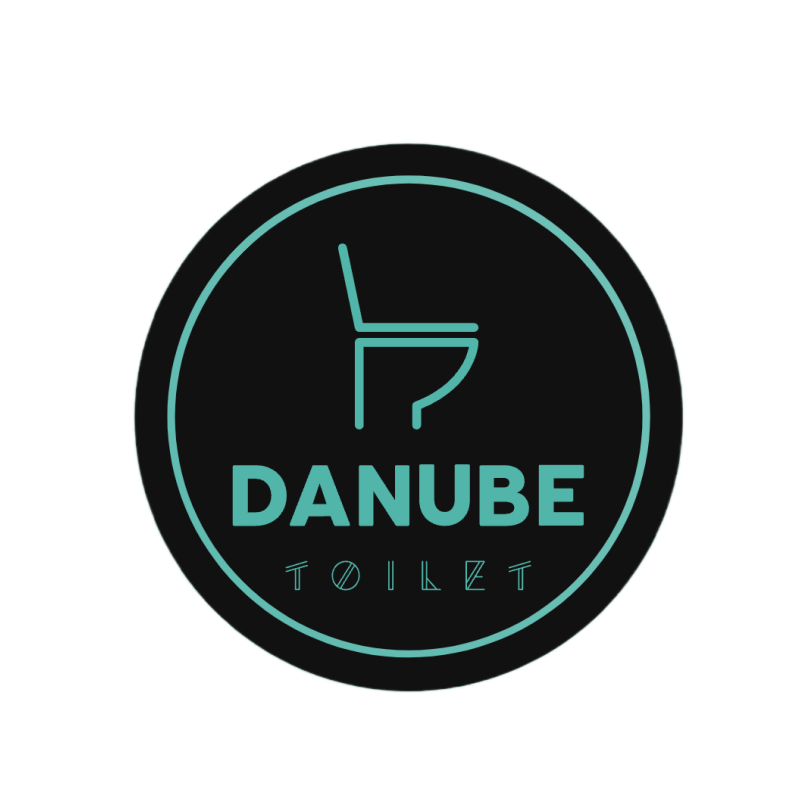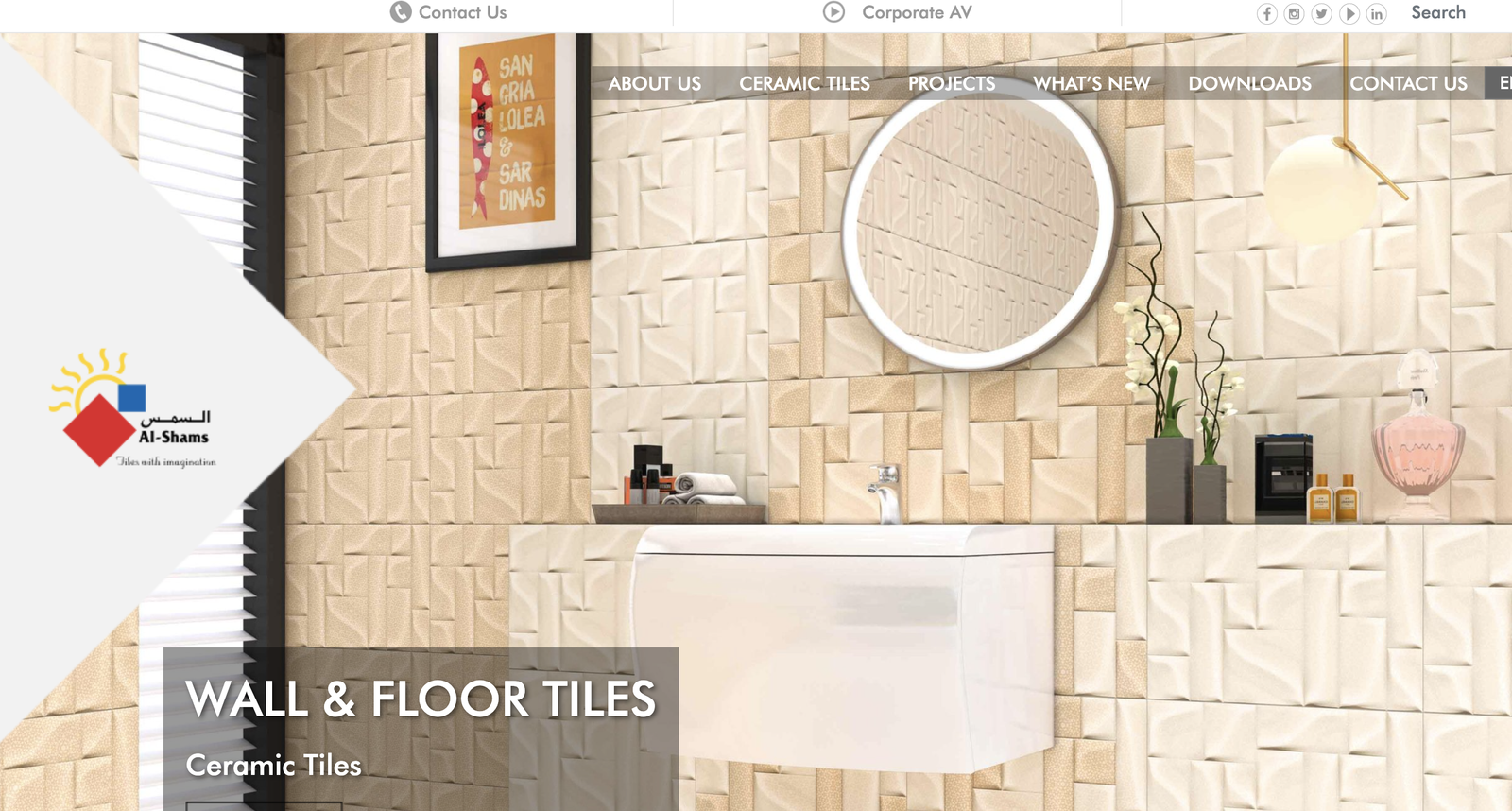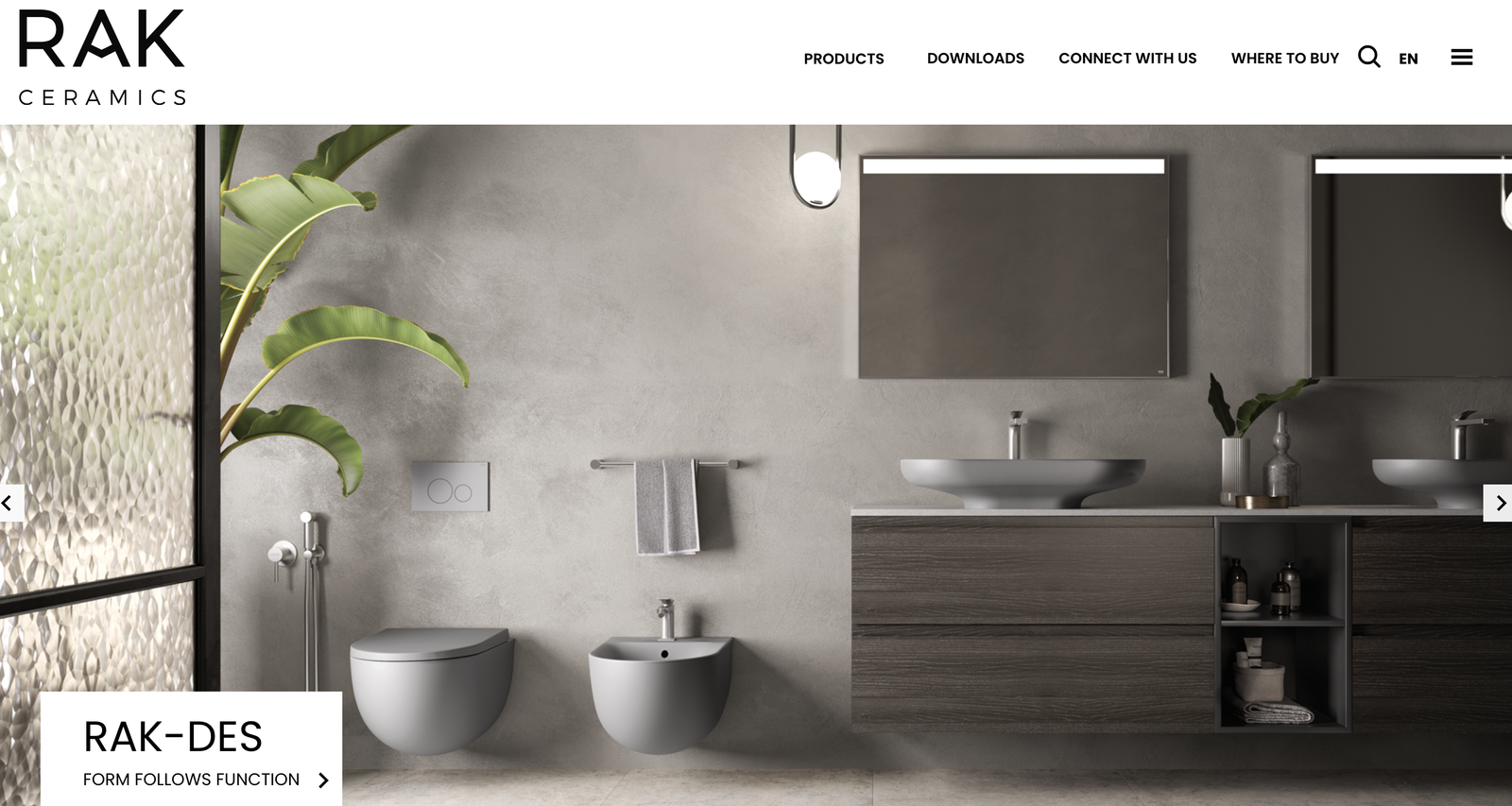Smart toilets have gained significant popularity worldwide in recent years, and the Middle Eastern market is no exception. As consumer expectations for high-quality living rise—alongside technological advancements and growing environmental awareness—an increasing number of households, hotels, and commercial projects in the region are considering smart toilet adoption.
This article provides an in-depth analysis of the demand trends for smart toilets in the Middle East, exploring consumer preferences, market growth drivers, competitive brand landscape, and key factors for procurement professionals.
1. Key Drivers of Smart Toilet Demand in the Middle East
The demand for smart toilets in the Middle East is steadily increasing, driven by several key factors:
(1) High Demand from Luxury Residential and Hospitality Sectors
In major cities such as Dubai, Riyadh, and Doha, luxury hotels, villas, and high-end apartment projects are flourishing. Developers and hotel managers are increasingly drawn to high-tech, comfort-enhancing bathroom solutions, making smart toilets an essential part of this trend.
(2) Government Push for Sustainability and Water Conservation
Countries like Saudi Arabia and the UAE are actively promoting water conservation policies. Compared to traditional toilets, smart toilets offer superior water-saving features, such as dual-flush systems and optimized water usage, aligning with these governmental regulations.
(3) Increased Consumer Awareness of Hygiene and Health
Smart toilets feature automatic flushing, antibacterial seats, warm air drying, and other hygiene-enhancing technologies that help prevent the spread of bacteria. The COVID-19 pandemic has heightened awareness of personal hygiene, further boosting the demand for smart toilets.
(4) Relaxed Import Regulations & Rise of E-Commerce
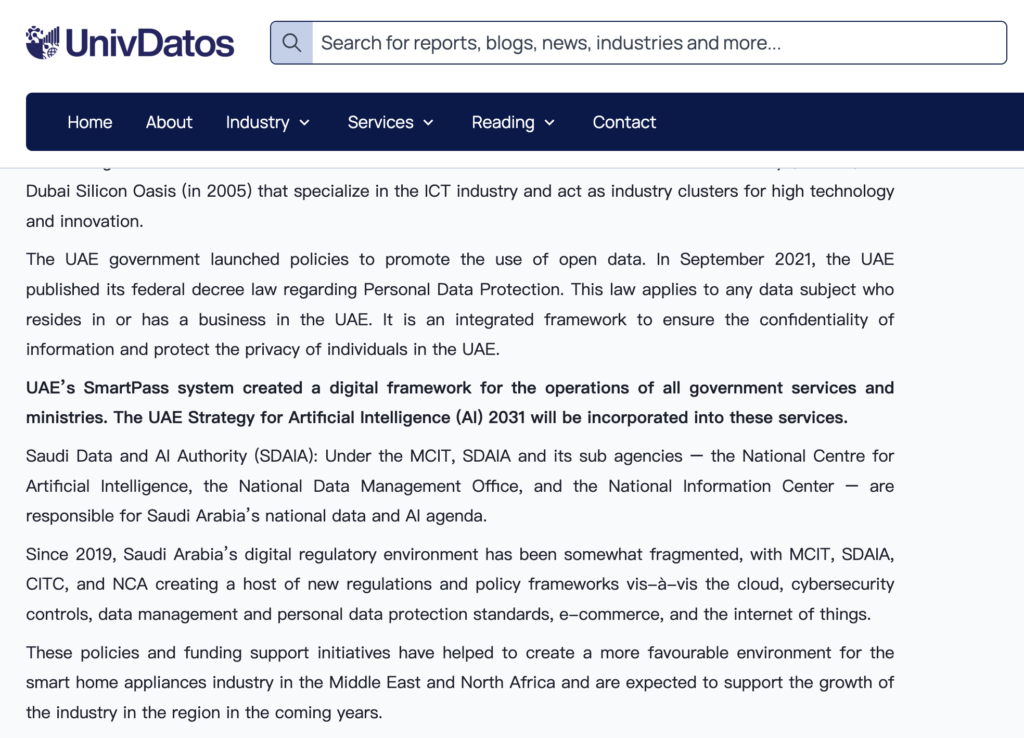
Several Middle Eastern countries have adjusted their import policies to facilitate the entry of high-tech home products, including smart toilets. Additionally, the expansion of e-commerce platforms has made these products more accessible to consumers, improving overall market acceptance.
2. Leading Smart Toilet Brands in the Middle East
While smart toilets are still an emerging category in the Middle East, several local brands have established a strong presence in the market. Here are five well-known brands in the region:
| Brand | Country | Product Features | Market Positioning |
|---|---|---|---|
| RAK Ceramics | UAE | Eco-friendly water-saving technology, some models with smart sensor flushing | High-end residential and commercial projects |
| Saudi Ceramics | Saudi Arabia | Offers both traditional and smart models, compliant with local construction standards | Mid-to-high-end home and hospitality markets |
| Duravit Middle East | UAE | Middle Eastern division of a German brand, offering premium smart toilets | Luxury hotels and private villas |
| Al Anwar Ceramic | Oman | Mainly traditional toilets, recently expanding into smart toilet offerings | Domestic and commercial markets |
| Forsan Ceramics | Saudi Arabia | Smart sensor technology with locally inspired designs | Mid-to-high-end residential projects |
Local brands are gaining traction in the Middle Eastern market, often outperforming global competitors in price, after-sales service, and adaptation to regional needs.
3. Key Considerations for Procurement Professionals
(1) Compatibility with Local Water Quality and Voltage
Some Middle Eastern regions have hard water, which can lead to mineral buildup and clogging in smart toilets. Procurement professionals should look for smart toilets with high-quality nozzle materials and self-cleaning functions. Additionally, electrical voltage standards vary across countries, so it’s crucial to ensure compatibility.
(2) Compliance with Islamic Cultural Practices
In many Middle Eastern households, the use of a handheld bidet sprayer (Shattaf) is common. To align with local preferences, smart toilets should ideally integrate a built-in Shattaf function.
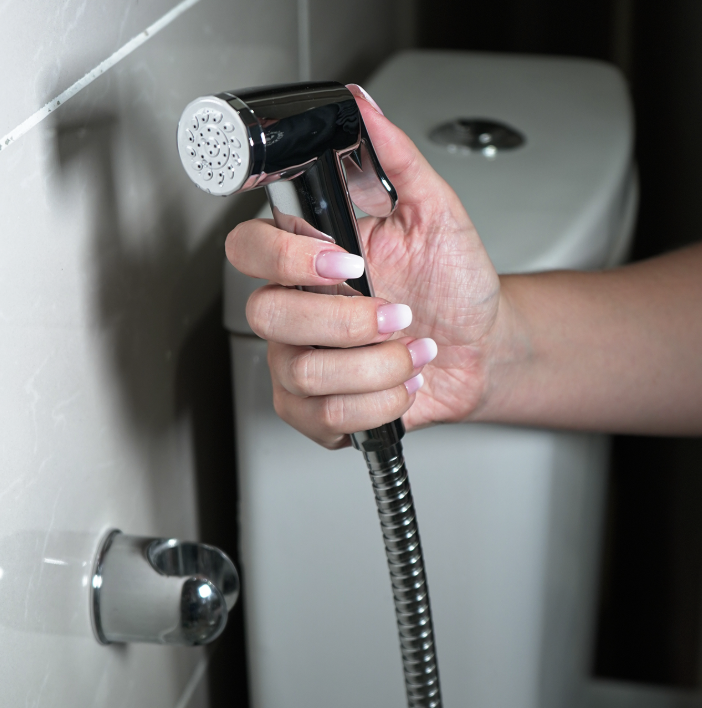
(3) Water Efficiency Certification
Procurement professionals should look for smart toilets with recognized water efficiency certifications, such as the Water Efficiency Labelling Scheme (WELS) or other Middle Eastern water-saving standards.
(4) After-Sales Service and Brand Reputation
Since smart toilets involve advanced technology, after-sales service and maintenance are critical. Choosing brands with local service centers ensures timely customer support and product repairs.
4. Future Trends in the Middle Eastern Smart Toilet Market
- Integration with Smart Home Systems
Future smart toilets will increasingly integrate with home automation systems, offering features such as voice control and remote app operation for enhanced user convenience. - Expansion into the Mid-Range Market
Currently, smart toilets in the Middle East are primarily high-end products. However, as technology becomes more affordable, mid-range consumers will gradually adopt these products, driving further market growth. - Growth of E-Commerce Sales Channels
A rising number of Middle Eastern consumers prefer purchasing home products online. As a result, online sales of smart toilets are expected to rise, further increasing market penetration. - Eco-Friendly Certifications and Sustainability
In the future, bathroom products that comply with green building standards (such as LEED certification) will be in higher demand. Smart toilets with water-saving and eco-friendly features will gain a competitive edge.
5. Frequently Asked Questions (FAQ)
(1) What is the price range of smart toilets in the Middle East?
Smart toilet prices vary based on brand and features, typically ranging from $500 to $3,000. High-end models come with advanced automation, while entry-level models focus on essential hygiene functions.
(2) Is a water filtration system necessary for smart toilets in the Middle East?
For regions with hard water, installing a filtration system is recommended to prevent nozzle clogging and maintain the toilet’s cleaning efficiency.
(3) Do smart toilets require specific electrical configurations?
Yes, different countries have varying voltage standards (e.g., 220V or 110V). Buyers should confirm that the product matches local electrical requirements.
(4) How long does a smart toilet typically last?
The average lifespan of a smart toilet is around 10-15 years, depending on the brand, frequency of use, and maintenance.
(5) Can smart toilets be installed in traditional Middle Eastern bathrooms?
Most smart toilets can be installed in modern bathrooms. However, older bathroom layouts may require modifications, such as drainage adjustments or power line installations.
Conclusion
The demand for smart toilets in the Middle East is experiencing steady growth, driven by factors such as luxury real estate expansion, water conservation policies, and rising hygiene awareness. For procurement professionals, selecting the right product involves considering water quality, cultural preferences, and after-sales support. As the market continues to evolve, smart toilets are expected to become a standard feature in modern Middle Eastern bathrooms, offering significant business opportunities in the region.
